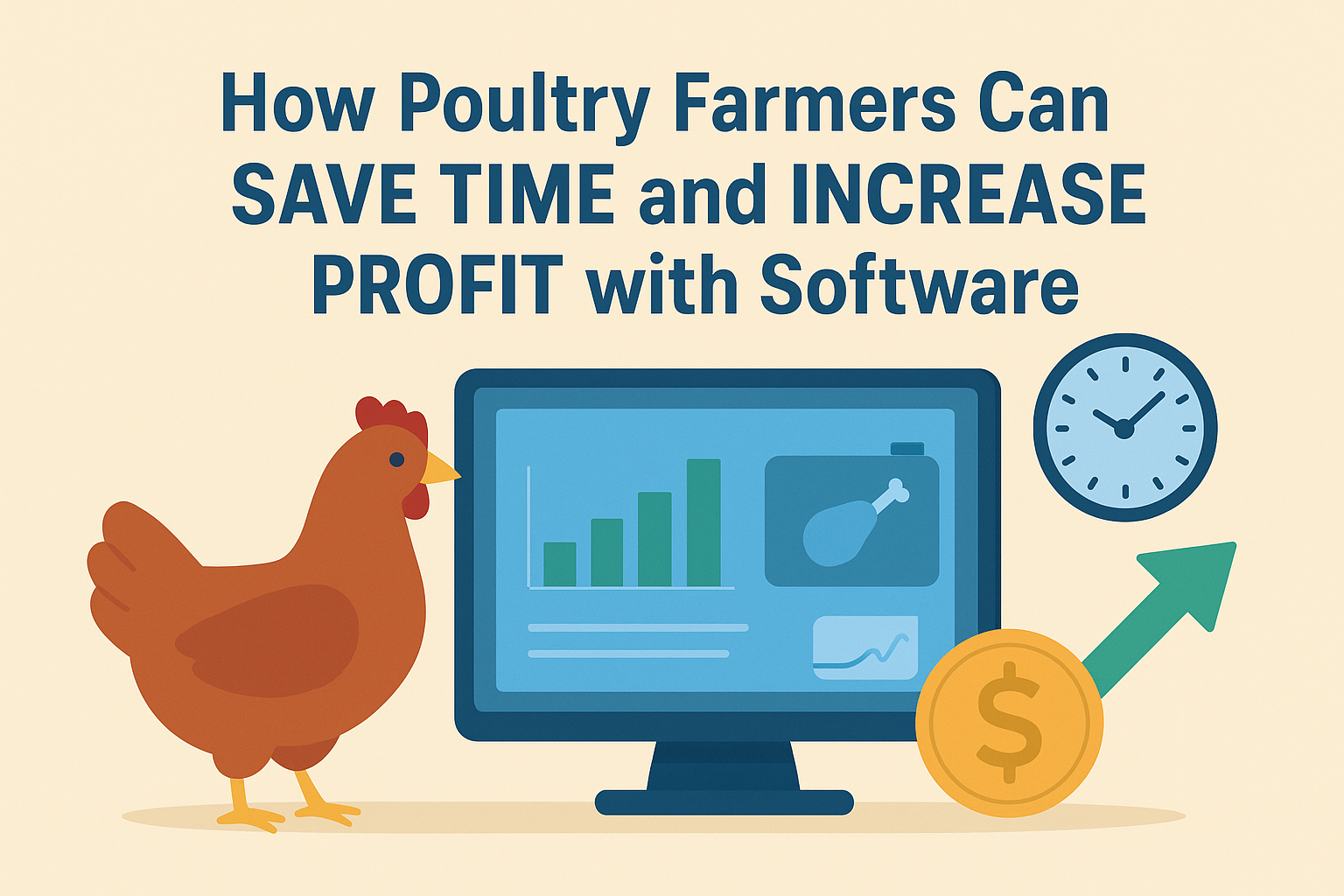LAYER birds are birds raised for the purpose of egg production, at their early stage they are being refer to as pullet, and at their old age, they are referred to as old/spent layers.
- Evaluation of Performance
- Egg Production Cycle
- Factors Affecting the Performance
- Management of Layers
- Specific Operations
They have many advantages to other poultry, as they are considered to be profitable. Here is the comprehensive guide to better LAYER production and management.
Indices for Evaluating the Performance of the Layer
- Egg Production or Number of Eggs Laid:This is the major index of performance of the commercial layer. It accounts for about 90% of the income in egg production. It is not common for birds to attain and they rarely exceed this level. The rate of egg production in a first stage is often expressed as
- Hen-day egg production = Average daily egg production x 100/ Average daily number of birds alive.
or - Hen-day egg production = Average daily egg production x 100/ Average daily number of birds alive.
- Egg size:This is an egg quality parameter. It varies with age and strain of birds. Average egg size increases from about 36gms at point of lay (about 24 weeks of age) to about 58gms at 42 weeks of age. Egg size appears to increase throughout the pullet years. Eggs are heavier in the temperate regions. The following factors have negative effect on egg size.Unbalanced state or badly mixed feed
- Feed restriction
- Lack of clean, cool fresh water
- Rations containing less than 15% protein
- High laying house temperature
- Disease
- Early maturity of fowl
- Age of birds (this is just before birds stop laying).
- Egg Shell Thickness:This is another egg quality parameter of economic importance. Average shell thickness of the fowl is about 0.34mm. The thinner the shell, the higher the percentage of cracks which will lower revenue.
- Shell Colour:Though this is not of any nutritional importance, brown shelled eggs are normally preferred by consumers.
- Yolk Colour:This is also not of any nutritional value. However, bright or deep yellow yolk is preferred to white.
- Feed Efficiency:This is a measure of how efficiently a given feed is being converted into products. The better the quality of the feed, the better its rate of conversion into eggs. Feed efficiency = Feed consumed Kg of eggs produced
- Mortality: Mortality = No. of birds dead x 100/ No. of birds started. For laying birds the mortality rate should be about 10% throughout the laying period. Increase in mortality may be an indication of a disease outbreak. The services of a veterinarian may be needed.
Egg Producing Cycle
The age at point of lay (POL) is between 18-20weeks of age depending on the breed. Light breeds begin to lay first. The end of lay (EOL) is a year or two after point of lay. However, layers are culled after one year in lay i.e. at 12 months of age. When egg production starts, it reaches a peak (about 80%) at about 42 weeks of age. This marks the end of the first phase of the pullet year laying cycle and the start of the second phase (43-62 weeks of age) during which there is a gradual fall in production to about 65%.
Factors Affecting the Performance of the Layer
Relative Humidity:High relative humidity (RH) impedes evaporative cooling and therefore makes panting virtually ineffective. This aggravates thermal stress. High RH may increase the risk of wet and mouldy litter. The recommended RH is 50-80% for layers.
Temperature:Hens need a moderate temperature for optimal performance. The thermo neutral zones of the adult fowl within which performance is not adversely affected by temperature is from 12.8oC to 26.0oC. This temperature range supports the highest egg qualities. When temperatures fall below the thermo neutral zone, feed consumption increases while egg production drops and shell thickness is reduced. Temperatures higher than 26.0ºC as in the tropics depress egg yield and egg qualities.
Ventilation:The fowl is a small animal with a rapid metabolism hence its air requirements per unit of body is high compared with that of other animals. The requirement can be met by straight-through passive ventilation in the hen houses. A good ventilation is also needed to purify the air of carbon dioxide, ammonia and noxious gases. The fowl can withstand a high rate of air movement, especially when the temperature is high because of its cooling effect.
Light:Light has been shown to stimulate egg production in all birds and chicken is no exception. This is achieved by stimulating the pituitary gland which releases certain hormones necessary for ovulation. The process requires couple of hours for completion of the job up to egg laying.
Noise:Intermittent noise impacts negatively on egg production. A continuous noise however, neutralizes the shock effect of sudden noises.
Floor, Feeding and Drinking Space:These factors interact with temperature, ventilation, RH to affect the performance of the fowl. It is therefore important to adhere to the established floor, feeding ad drinking space requirements per bird.
Management of Layers
Layers, like chicks and growers are taken care of by applying some routine operations daily and by performing some specific operations as the need for them arise. Layers are raised in the laying house which should have been stopping de-wormed at least 3 weeks before transfer, before released eggs would reach the effective stage and cause re- infection. The birds should also be deloused only a few days to their transfer. Crates are needed to move the birds during the coolest part of the day and this should involve two or three persons. The birds should not be handled roughly. When deep litter is used, well made nests of the correct number should be fix.
Specific Operations
- Culling:This is the continual elimination of undesirable birds from the flock. This may be due to poor performance broodiness, vice habits, deformities, illness. However, layers are culled primarily on the basis of their ability to lay eggs. Fowls in production can be identified outwardly if their combs are large and bright, eyes are bright and alert, beaks are not parrot-like and their heads not narrow.
- Control of Vice Habits:Any vice habit observed is an indicator of a stress factor. Vice habits may be due to:
- Inadequate space heading to struggle for surviva.
- Nutritionally deficient diet particularly methionine causing pecking.
- The light being too bright which may cause nervousness which results in pecking.
- Controlling Egg Defects:Egg defects include abnormal egg size, soft-shelled eggs and a high percentage of eggs with cracks. Egg size tends to increase from POL to just before birds stop to lay. However small egg sizes may be caused by the deficiency of amino and essential fatty acid like dietary linoleic acid. Shellless eggs may occur once in a while if the eggs spend a shorter time in the uterus, or the situation may be caused bydiseases like pullorum, Newcastle diseaseand bronchitis. A high percentage of cracks is an indication of calcium deficiency or of vitamins A and D or the unbalance of nutrients. It may also be due to poor management like inadequate nesting facilities or hard floored nests and infrequent egg collection. To avoid dirty eggs, they should be collected regularly and the nest floor should be covered with dry, clean litter.
- Handling Poultry Manure:The commercialization of poultry production has now made poultry manure to constitute an environmental problem rather than an asset. Because it is moist and because of its content of nutrient and organic matter, the manure is a suitable breeding ground for pestiferous flies like house flies. The manure is often a source of odour caused by the production of fatty acids like butyric, valeric and caprylic acids. Flies can be controlled by spraying droppings with insecticides and larvicide. A form of biological control is the use of insects to prey on the larvae of the flies. Poultry manure can be disposed off by using it for gardening; it can be composted, incinerated, used for gas production or as feed for livestock. Poultry droppings are removed periodically depending on their quantity and/or condition. Also poultry litter is removed before it poses a health hazard to the birds and fresh wood shavings are used to replace the old one.
- Handling Cage Fatigue:Some prolific layers and at peak of laying, some birds may suffer leg weakness which makes them to squat, unable to reach feed and water and eventually starve to death. Cage fatigued is not remedied with medication but by releasing the birds from their cages onto floor litter once a while, especially when fatigued bird is noticed.
- Moulting:This is the process of shedding and renewing feathers; it occurs normally once a year, though it may occur in certain individuals twice a year and more rarely, only once in a period of two years. Hens usually moult in the following order: head, neck, body (breast, back and abdomen), wing and tail. Birds can be force-moulted by stress and by drug treatment. Birds force moulted may produce more eggs, or eggs that are larger, have larger yolk at the expense of the albumen, higher haugh unit, and thicker shells while the birds have larger end-of-lay body weight.
- Egg-eating:This starts in a flock usually by one or a few birds but soon rapidly spreads. Accidental breakage of eggs, softshelled eggs and infrequent collection of eggs may prompt birds into this habit. Other possible causes are nutritional imbalance and inadequate nesting facilities.
- Heat Stress Management:Heat stress is a great economic threat to the poultry industry. Adverse effects of heat stress include depression in egg production, egg weight, shell thickness, feed intake, feed efficiency, fertility in the male, hatchability, growth rate. A well ventilated poultry house helps greatly to combat thermal stress. Strains of the chicken differ genetically in their ability to resist heat stress, either in terms of survival rate or of laying performance.
- The specific effect produced depends on
- The period after point of lay when treatment is applied
- Whether treatment consists of drug therapy or stress due to starvation
- The duration of the moult.





